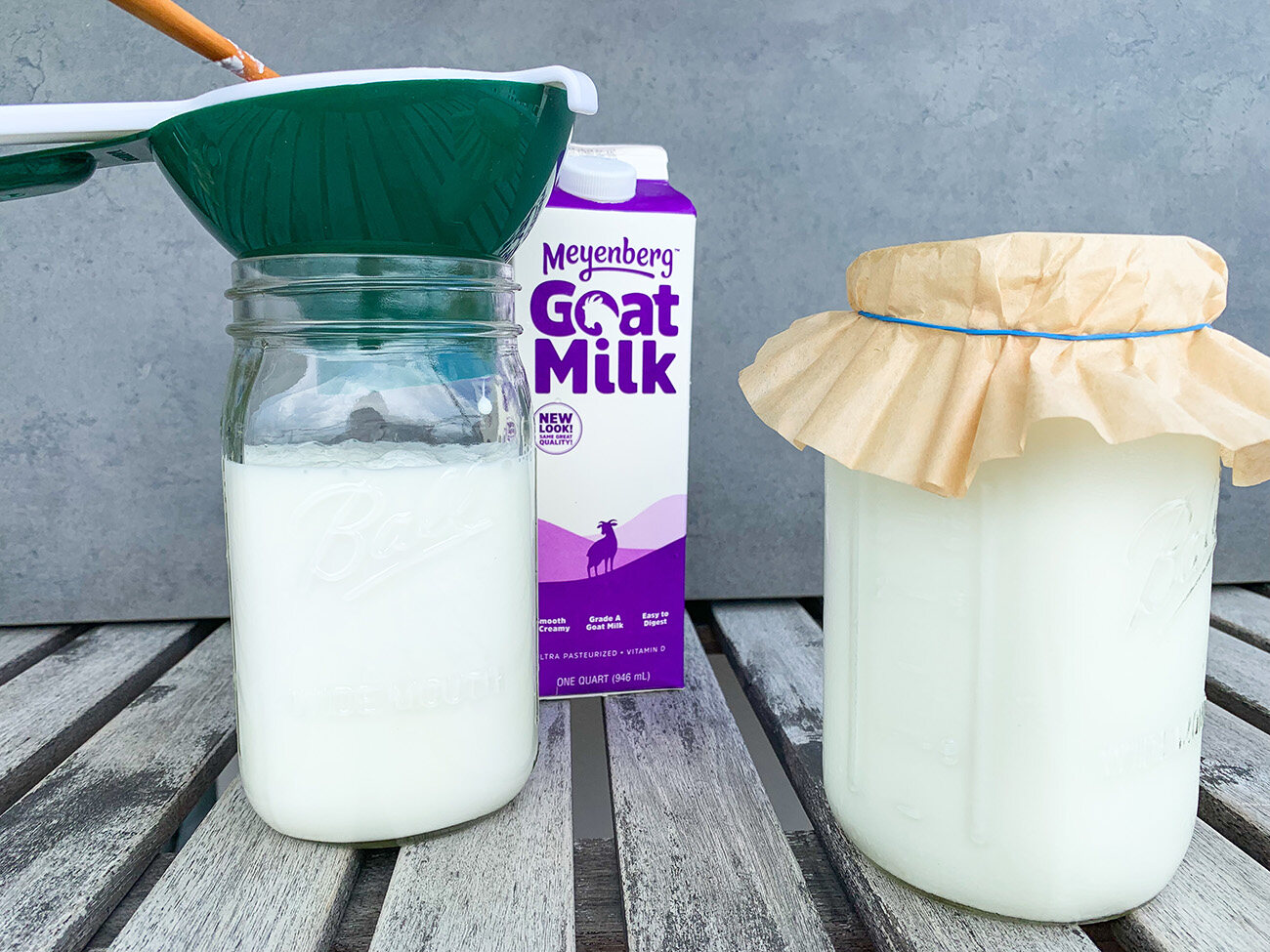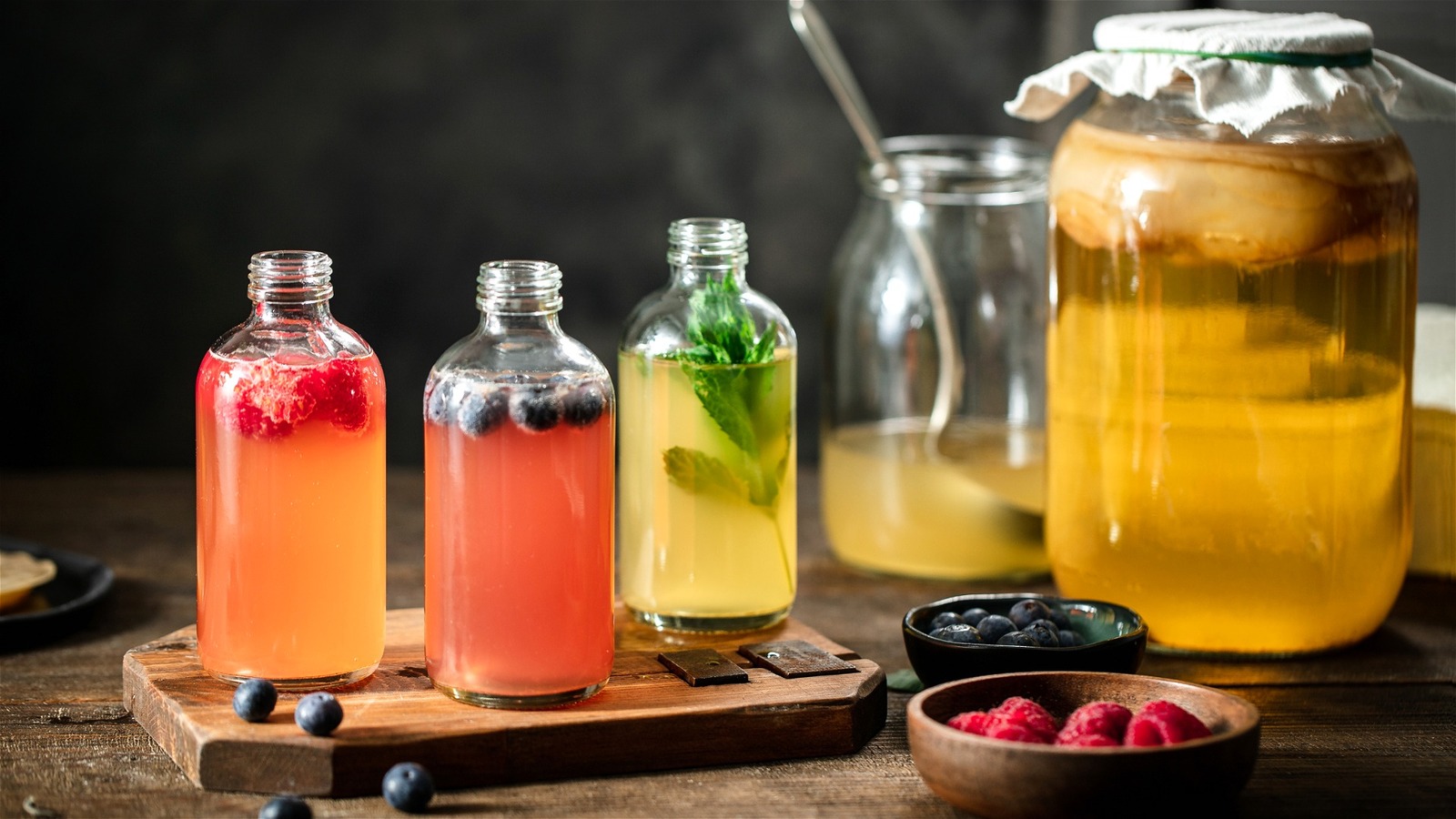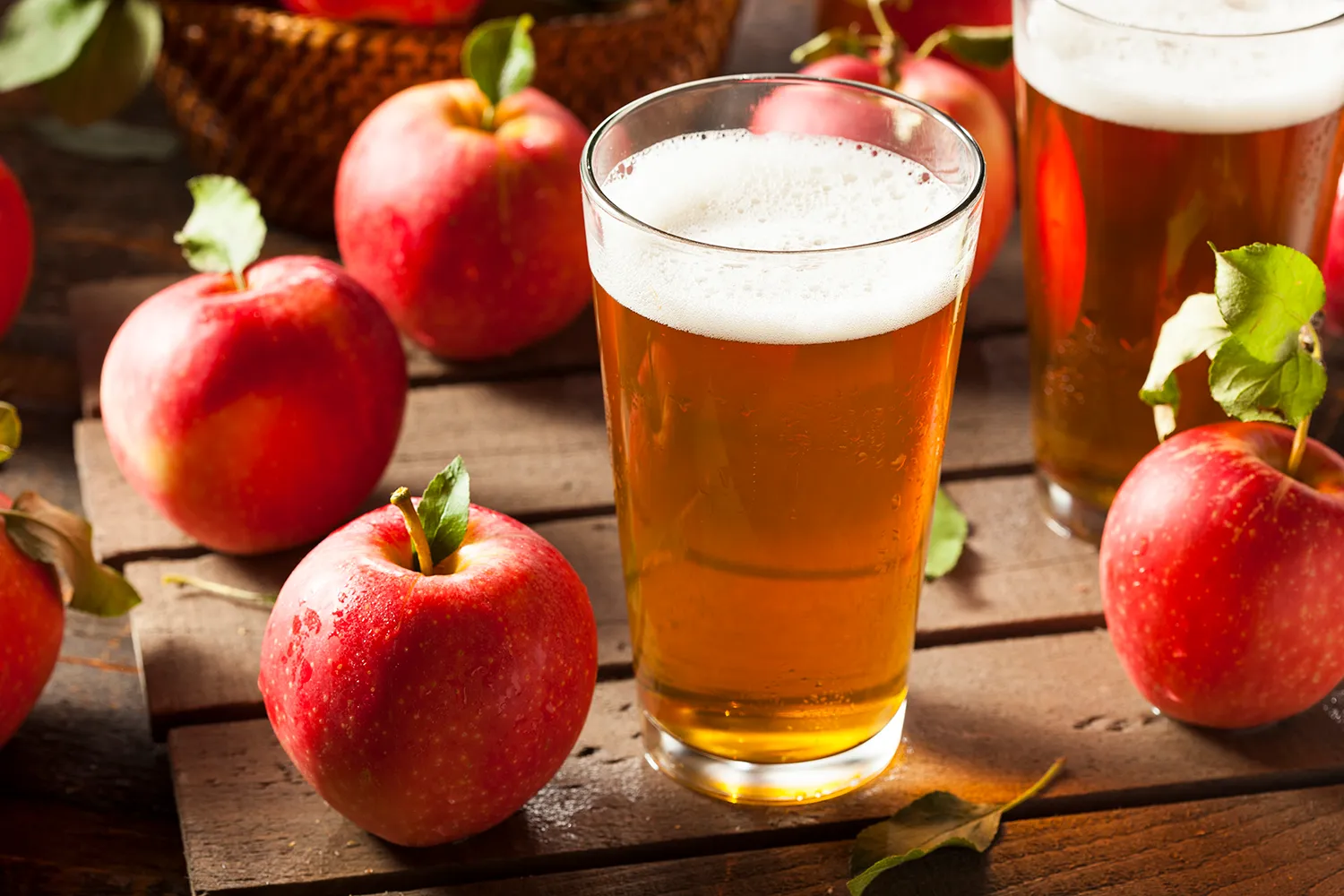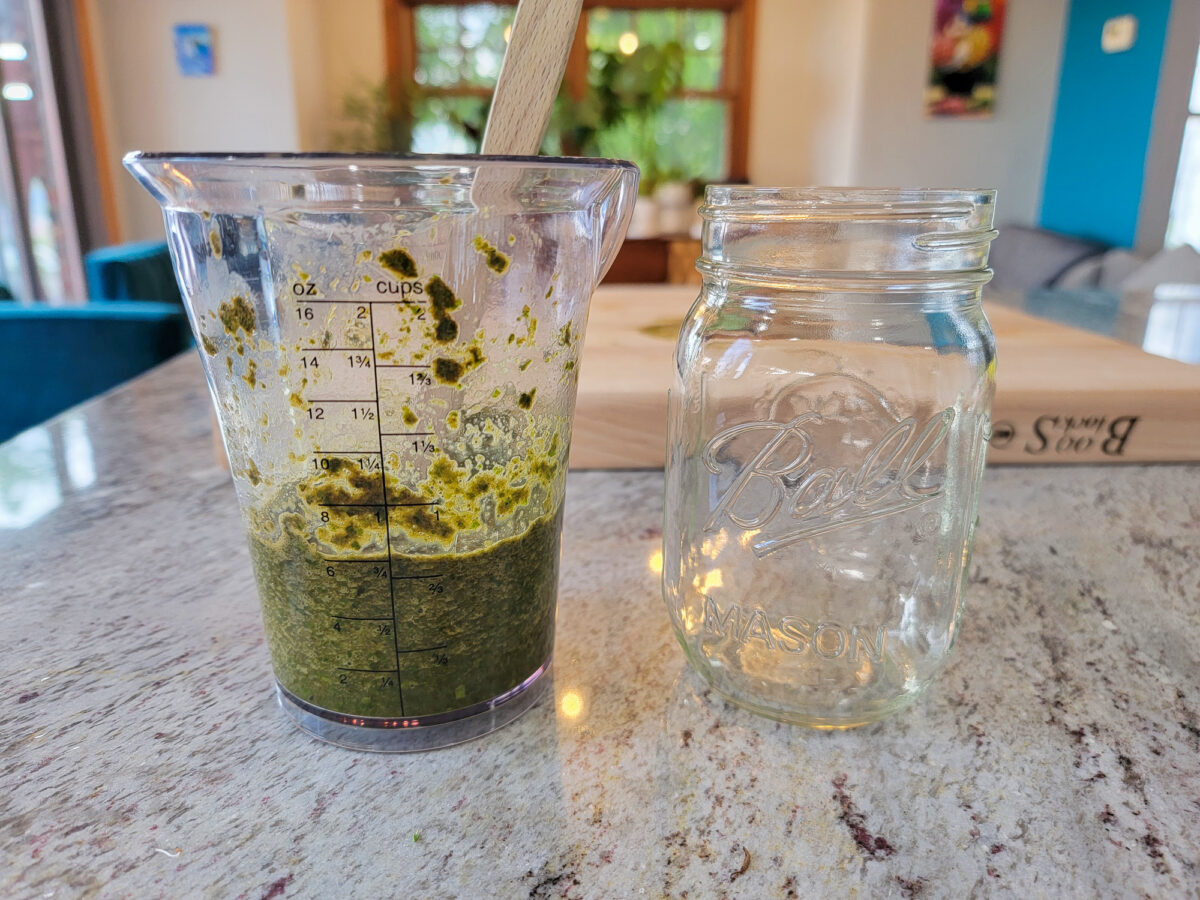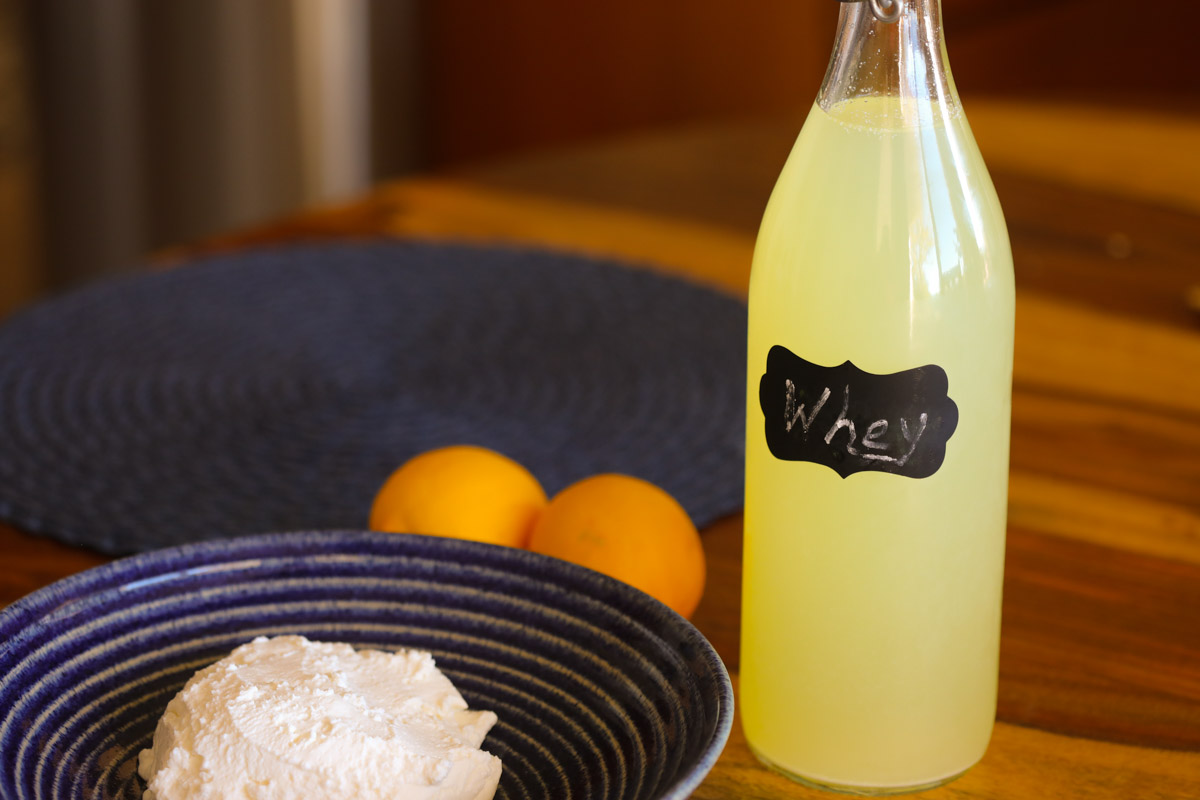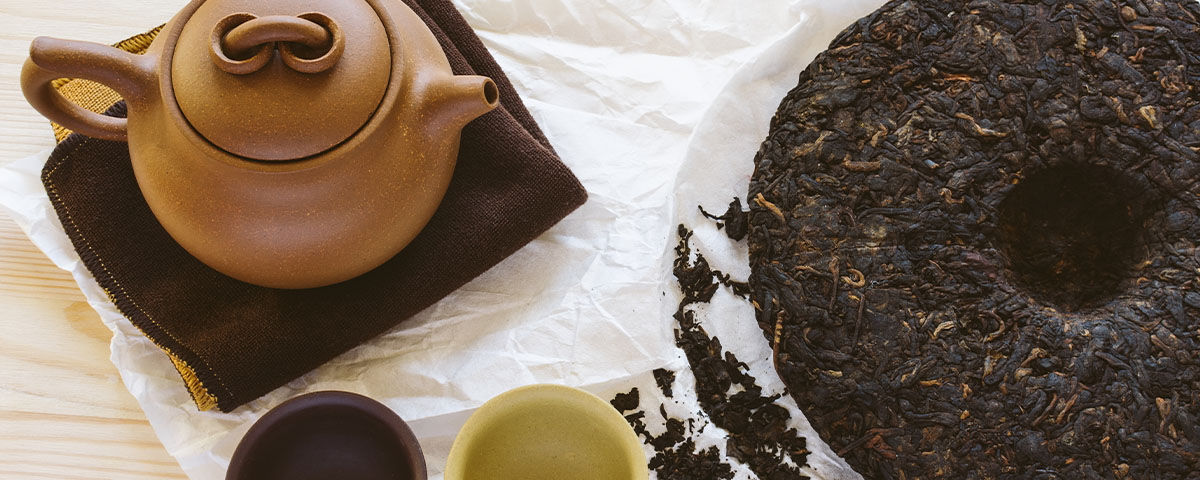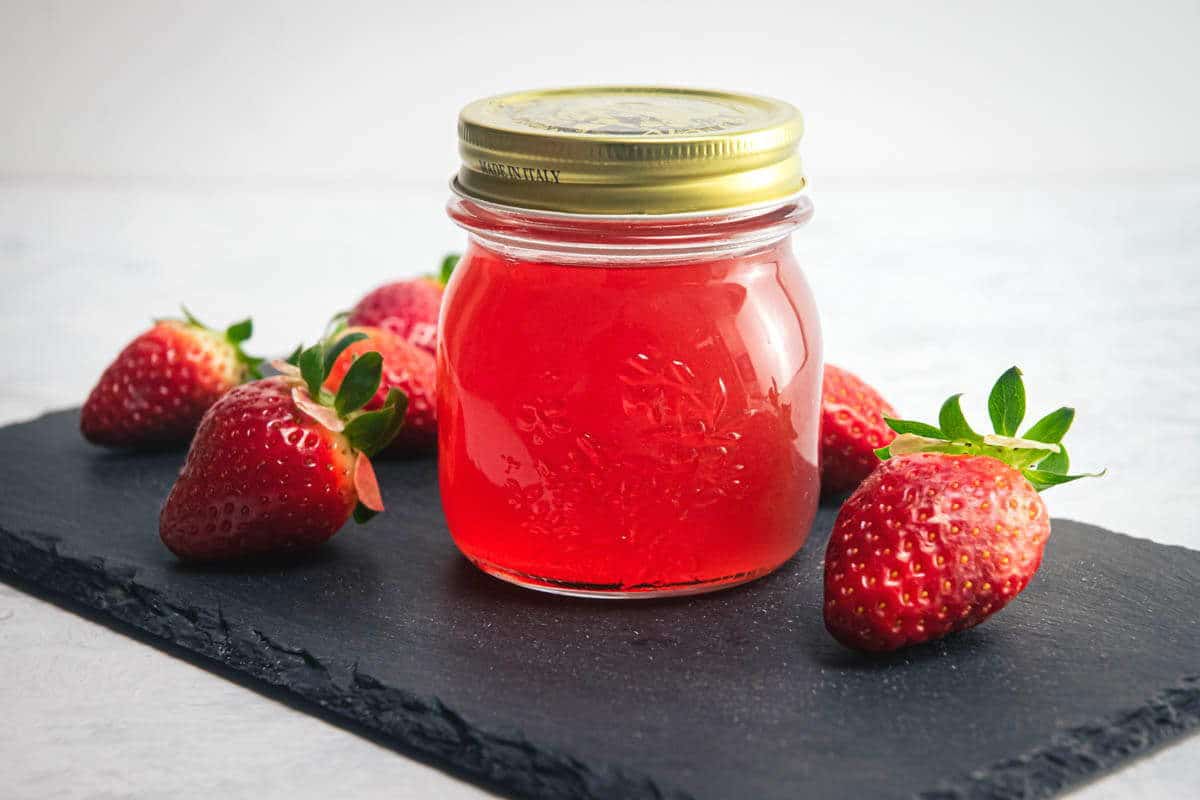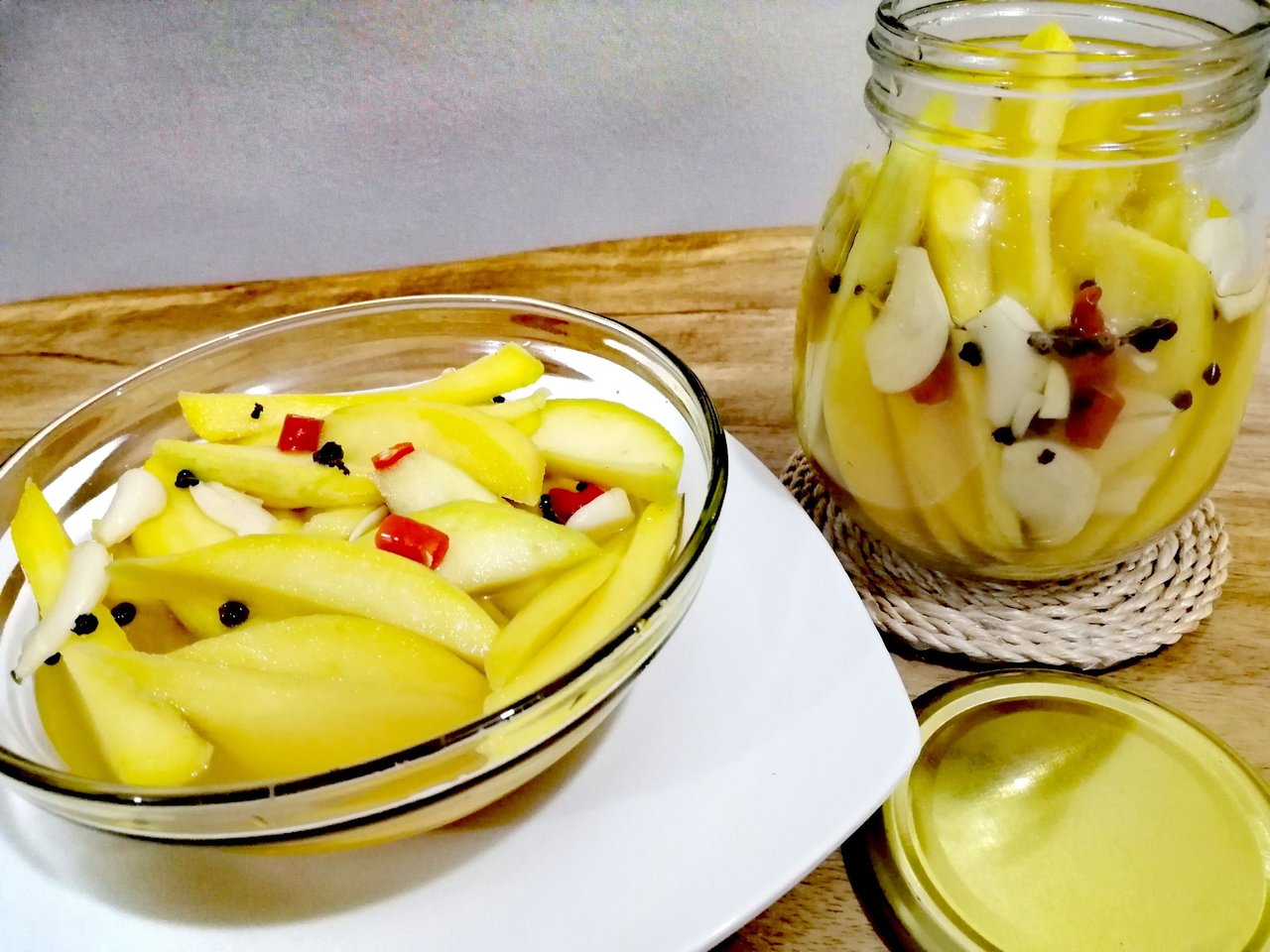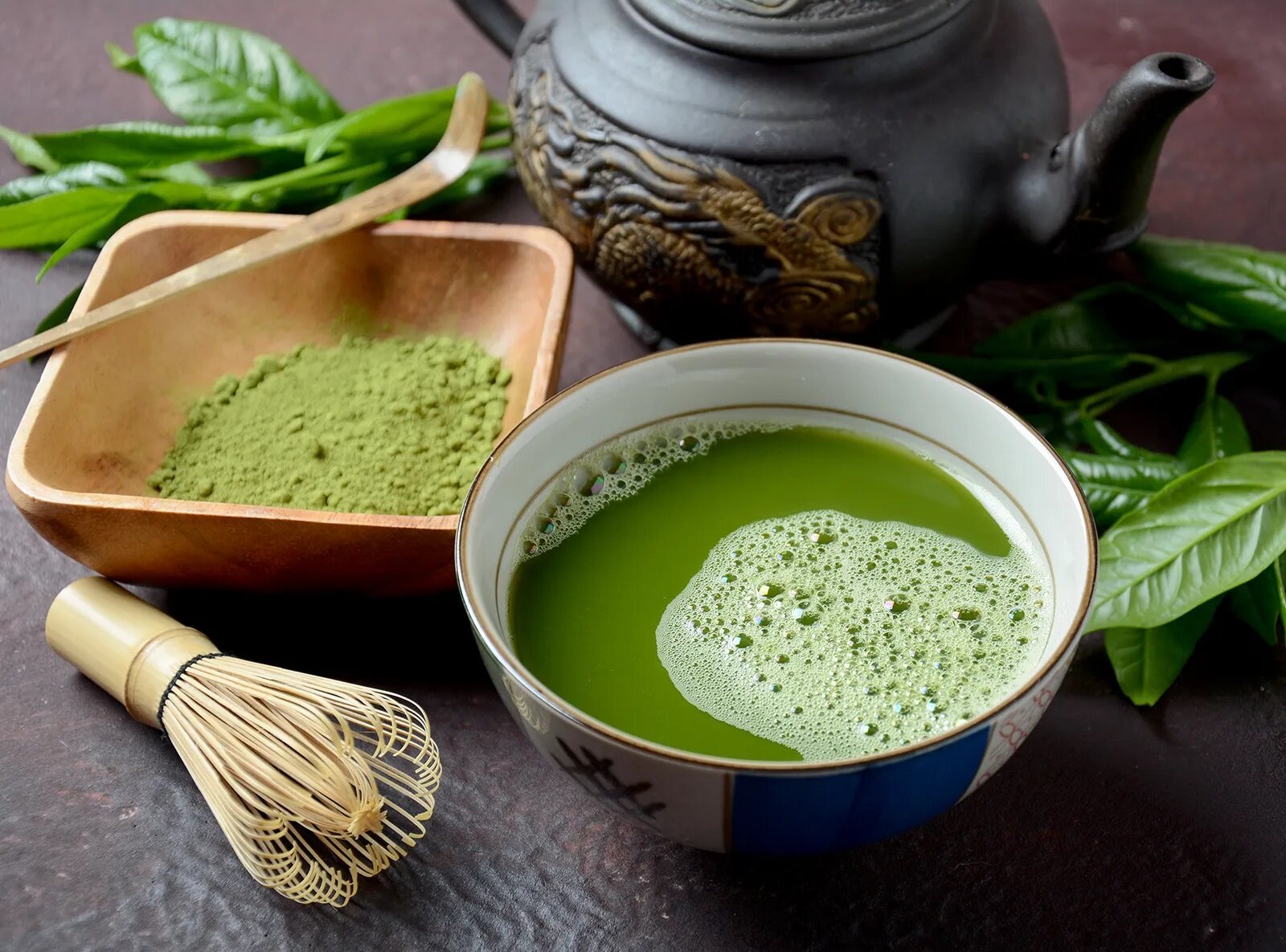What is Pilsner?
Pilsner is a type of pale lager that originated in the Czech Republic. It is known for its crisp, clean taste and golden color. Pilsners are typically brewed using a bottom-fermenting yeast and are characterized by a prominent hop flavor and aroma.
Understanding the Fermentation Process
Fermentation is a crucial step in the brewing process that transforms the wort into beer. During fermentation, yeast consumes the sugars in the wort and produces alcohol and carbon dioxide as byproducts. For Pilsner, the fermentation process is vital in achieving the beer’s signature flavor profile.
Steps to Fermenting a Pilsner
Here are the steps to fermenting a Pilsner at home:
- Cool the Wort: After boiling the wort and adding hops, it needs to be rapidly cooled to the desired fermentation temperature, typically around 50°F (10°C).
- Pitch the Yeast: Once the wort has reached the appropriate temperature, it’s time to add the yeast. For Pilsners, a clean, lager yeast strain is commonly used.
- Fermentation: Transfer the cooled wort to a fermentation vessel and seal it with an airlock to allow carbon dioxide to escape while preventing outside air from entering.
- Cold Conditioning: After primary fermentation is complete, the beer is typically cold-conditioned at near-freezing temperatures for several weeks. This process helps to clarify the beer and develop its crisp, clean taste.
- Bottling or Kegging: Once the beer has finished cold conditioning, it can be either bottled or kegged for carbonation and aging.
Tips for Successful Pilsner Fermentation
Here are some tips to ensure a successful Pilsner fermentation:
- Sanitation: Ensure that all equipment is thoroughly cleaned and sanitized to prevent contamination.
- Temperature Control: Maintaining a consistent fermentation temperature is crucial for producing a clean, well-balanced Pilsner.
- Yeast Health: Use fresh, high-quality yeast and consider creating a yeast starter to ensure a healthy fermentation.
- Extended Cold Conditioning: Consider extending the cold conditioning period to further refine the beer’s flavor and clarity.
Conclusion
Fermenting a Pilsner is a rewarding process that requires careful attention to detail and patience. By following the steps outlined above and implementing the tips for successful fermentation, homebrewers can produce a delicious, high-quality Pilsner that captures the style’s classic characteristics.
Was this page helpful?
Read Next: How To Ferment With Wlp530
